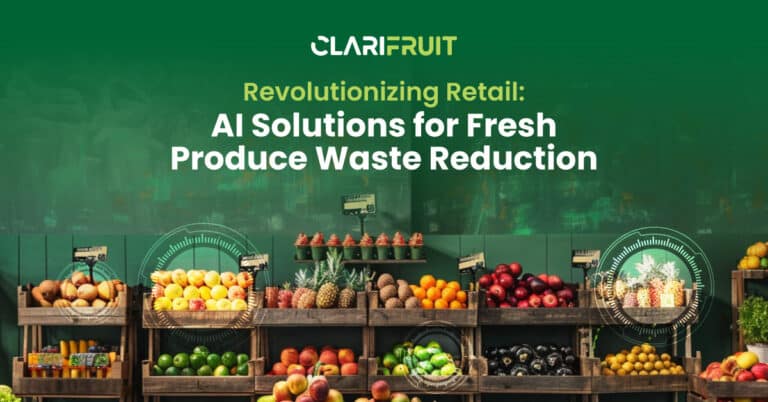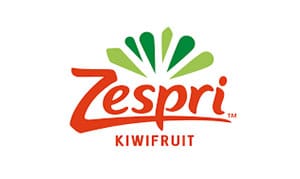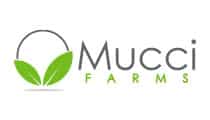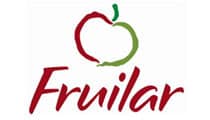Onion Quality Control & Testing
Onions, though often taken for granted, play a pivotal role in culinary traditions worldwide. They offer pungency and sharpness, as well as bringing subtle sweetness and depth to a myriad of dishes.
Onions come in various types, from the sweet Vidalia to the sharp red onion, each providing distinct flavors that elevate both cooked and raw preparations. Given their essential status in kitchens, maintaining onion quality control from the farm to the table is of paramount importance in the world of fruit and vegetable quality control. Quality management is integral at every stage of the onion’s journey, ensuring that whether they are being cultivated, harvested, transported, stored, or sold, the onions retain their optimal flavor, texture, and appearance. Proper quality control practices significantly minimize waste, boost profits for suppliers and retailers, and guarantee that consumers receive the best product.
Fresh produce software is increasingly being used in the supply chain for onions, enabling growers to set and adhere to the highest standards of fresh produce quality control. The resulting gains in accuracy and scalability benefit all stakeholders in this vibrant and vital market.
Common Onion Defects in Quality Control Testing
Splitting
This onion defect can have a significant effect on quality. Often due to inconsistent growing conditions, it creates open onion bulbs, reducing the storage life and aesthetic appeal.
Doubling or Twinning
Sometimes, two or more bulbs develop within one skin. This alters the expected appearance and marketability of the onion. This condition often results from fluctuating environmental conditions during growth.
Downy Mildew
One of the most widespread diseases of onions, downy mildew causes yellow lesions and purple growth on leaves. The condition impairs photosynthesis, leading to substantial yield losses. And because it spreads via infected onion debris, prompt identification and management are critical.
Purple Blotch
Purple Blotch spreads primarily through spores produced by the Alternaria porri fungus. These spores are disseminated by wind, rain, or irrigation water, which helps them reach other plants. It results in small, sunken, dark lesions that eventually enlarge and develop a purple hue. The disease thrives in warm, humid conditions and can lead to significant losses in onion yields if not promptly and effectively controlled. Infected bulbs often exhibit blighting and dieback of their leaves, compromising the overall health and productivity of the onion crop.
Slippery Skin
This is usually indicative of Bacterial Soft Rot, caused by Pectobacterium and Dickeya. Entering through wounds, these bacteria break down cell walls, making the skin translucent and slimy. Warm, moist conditions exacerbate the disease, necessitating prompt removal and destruction of infected bulbs for prevention.
Onion Yellow Dwarf Virus
This significant stunting and yellowing in onion plants, severely reducing their yield. The virus is primarily transmitted by aphids, making it a pervasive and challenging issue for growers aiming to produce healthy, high-quality onion crops.
White Rot
White Rot (Sclerotium cepivorum) is a serious disease affecting onions, causing the bulbs and roots to rot and turn into a mass of white mycelium. Rigorous quality control measures and effective supply chain practices are essential to prevent the distribution of infected bulbs.
Neck Rot
Caused by the fungus Botrytis allii, neck rot primarily affects stored onions, leading to soft, water-soaked tissues at the onion's neck. The disease progresses in storage, rendering the onions inedible and resulting in significant post-harvest losses for growers.
Onion Thrips
These tiny insects feed on onion plant sap, leading to silvery-white discolored leaves. These minuscule insects can also act as vectors, transmitting detrimental viruses to the onions, affecting their overall health and yield.
Bulb Mites
Bulb Mites are detrimental as they feed on the basal plates of onion bulbs. This feeding activity results in rot and makes the plants significantly more susceptible to various fungal infections, affecting crop health and yield.
Cutworms
Cutworms pose a significant threat to young onion plants, feeding on their stems and roots. They often cut the plants off at the soil line, leading to plant loss and potential yield reduction.
Onion Maggots
Onion maggots (Delia antiqua) are destructive pests, primarily attacking the roots and bulbs of onions. These white, legless larvae tunnel into onions, causing the plants to yellow and wilt, ultimately leading to severe yield loss for growers.
Interesting Facts about Onions
- China is the world's largest producer of onions, contributing over 20 million tonnes to the global supply annually.
- In addition to being a culinary staple, onions are a significant source of prebiotics, which are non-digestible fibers that promote the growth of beneficial gut bacteria, supporting digestive health.
- When onions are cut, they release a chemical irritant known as syn-propanethial-S-oxide, which stimulates the eyes’ lachrymal glands. This causes the tears we’re all familiar with.
- Onions have been cultivated for over 5,000 years and were highly valued by ancient civilizations like the Egyptians, who believed they symbolized eternity due to their concentric circles.
Quality Attributes for Evaluating Onions
Color
Size and Diameter
Shape
Skin Quality
Texture
Pungency Level
Sugar Content (in sweet varieties)
Download our free app to discover a complete list of attributes and quality standards supported by Clarifruit.
The platform integrates with 3rd-party technology to evaluate external onion attributes. Learn more here.















